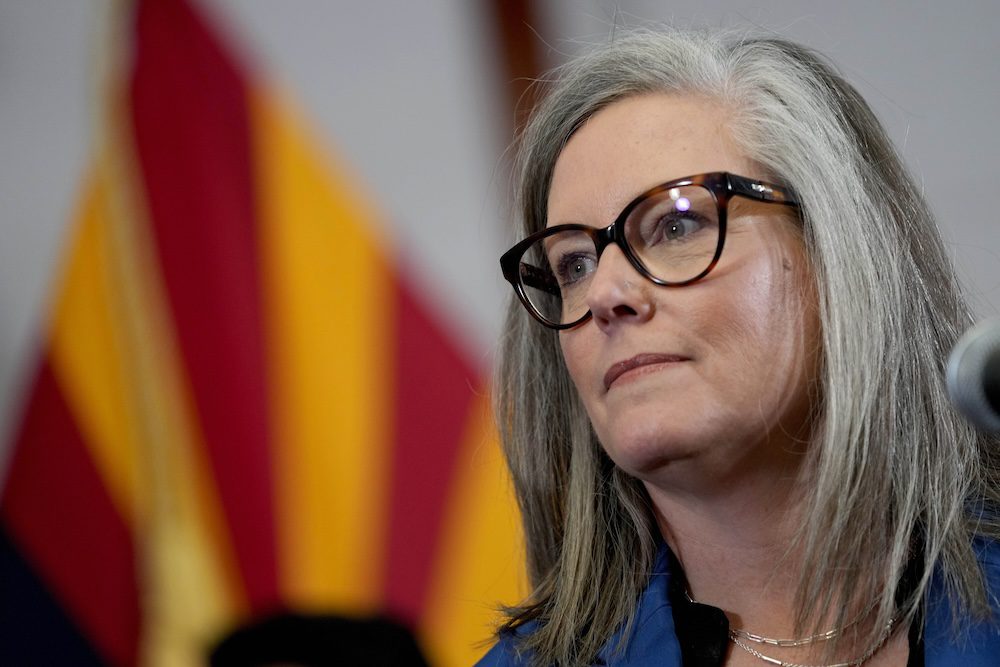
A new analysis from the National Bureau of Economic Research found that since 2022, states with near-total abortion bans appear to have lost 36,000 people per quarter, with single people, who tend to skew younger, being more likely to leave. (Photo via Getty Images)
A new analysis from the National Bureau of Economic Research found that since 2022, states with near-total abortion bans appear to have lost 36,000 people per quarter, with single people, who tend to skew younger, being more likely to leave.
Tens of thousands of people, in particular single people, have left states with abortion bans in place following the US Supreme Court’s decision to overturn Roe v. Wade in 2022.
In a paper, the National Bureau of Economic Research estimated population changes in states by analyzing address-change data collected by the United States Postal Service. Researchers found that since 2022, states with near-total abortion bans – 13 at the time of the analysis – appear to have collectively lost 36,000 people per quarter. Single people, who tend to skew younger, were even more likely to move out of states with bans.
“Our results show that reproductive rights policies can significantly affect where people choose to live,” the researchers wrote.
The data also suggests that states with perceived “abortion-hostile” policies saw a population loss, as well. The term “abortion-hostile” was used by researchers to classify states that had enacted bans that were blocked by courts, such as Utah and Ohio. States like Florida and Georgia, which both have six-week bans in place, also fall into this category.
Researchers also detailed the economic implications of this ongoing population loss.
“States with abortion bans may face challenges in attracting and retaining workers, especially younger workers who represent future economic potential,” the paper said. “These population flows and demographic shifts could affect a wide range of economic factors from tax bases to housing markets to the availability of workers in key industries.”
Additional evidence has already shown that abortion bans influence where people live, work, and study. For example, health care providers have left states with abortion restrictions and bans that could affect their ability to provide care to patients. College students have also indicated a preference for studying in places where abortion is accessible.
Research has also shown that people with higher levels of education are more likely to both support abortion rights and have the means to move. If these population changes detailed by researchers persist, states could become increasingly unequal, with more educated, wealthy people living in states with abortion protections, and those with less education and money residing in states with abortion restrictions and bans.

This OB-GYN is concerned about Arizona’s rural maternity care deserts
NEED TO KNOW: 6 Arizona counties have fewer than 1 OB-GYN per 10,000 women. Of those, Greenlee County had no obstetric care providers in the entire...

Trump administration revokes guidance requiring hospitals to provide emergency abortions
WASHINGTON (AP) — The Trump administration announced on Tuesday that it would revoke guidance to the nation's hospitals that directed them to...

House GOP fast-tracks budget bill that would cut off Medicaid funding to Planned Parenthood
The budget package proposes steep health care cuts—and includes a new push to block patients from accessing reproductive care. In a 30-24 party-line...

Bill aimed at combating postpartum depression signed into law by Gov. Katie Hobbs
Making childbirth safer and making rural reproductive health care better are the goals of a new bill in Arizona, which Gov. Katie Hobbs signed into...




